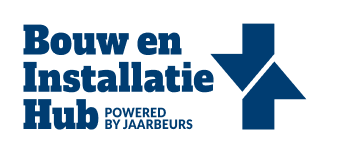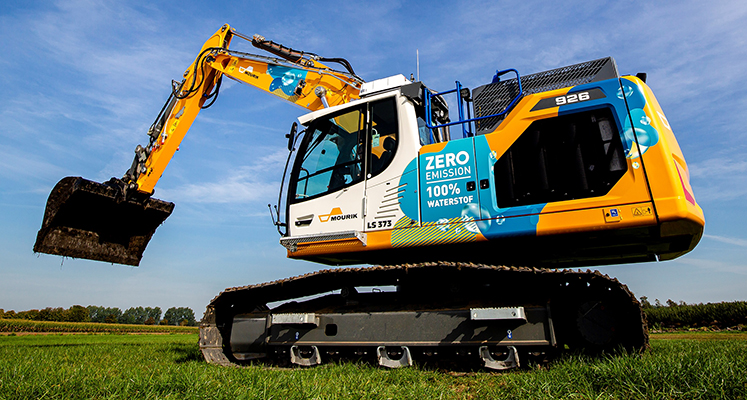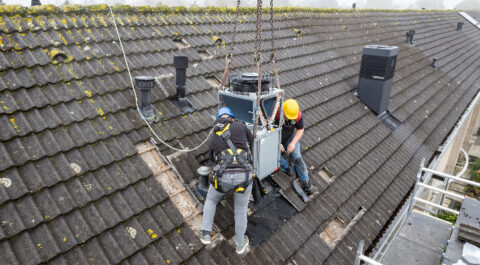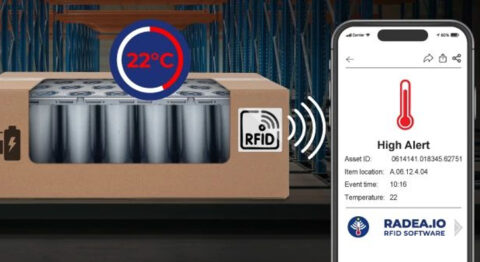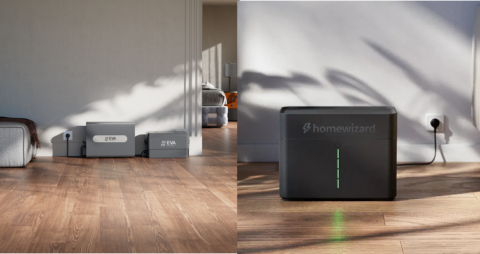Steering for CO₂ is becoming increasingly important, also for construction companies. Therefore, Dutch Green Building Council (DGBC), together with ten frontrunners from the Dutch construction sector, has created a guide to make indirect CO₂ emissions, or scope 3, transparent for construction companies.
From Jan. 1, 2024, large companies are required to report on their sustainability activities, risks and performance because of the European Corporate Sustainability Reporting Directive (CSRD). Part of this includes gaining insight into the total CO₂ impact of the entire chain as seen from a specific organization, also known as scope 3. The current guidelines and European regulations on sustainability reporting currently leave a lot of room for individual interpretation. An unambiguous explanation specifically for the Dutch construction sector was lacking.
A good first step
Laetitia Nossek, program manager at DGBC: "We are still at the beginning of the process of making CO₂ emissions transparent, reporting and monitoring in a good way. Because every construction company still does this in its own way, we have taken up the gauntlet with this guide to formulate a clear approach for this. By making this national translation with a large group of construction companies and the Foundation for Climate Friendly Procurement and Business (SKAO), we are ensuring that measurements can be made using the same yardstick. This guide is a good first step."
In addition, this guide also offers a helping hand to smaller construction parties who are not currently required to report. She continues: "By getting started now with measuring and then reducing your CO₂ emissions, you can be prepared for future legal obligations. Because ultimately it's not just the frontrunners who have to go along, but the entire market."
Quality of data
Karlijn Besse, project manager at DGBC adds, "Insight not only plays a crucial role in understanding and managing the total CO₂ emissions of construction companies, but more importantly, this is often where the biggest gains in sustainability can be made." The next step, according to Besse, is to increase the quality of data in reporting. "Think especially about the availability, accuracy and robustness of data at the product and material level, but also at the organizational level."
Industry framework
The guide explains the requirements to be met as a construction company. It includes an overview of existing protocols and guidelines, an interpretation of calculation methods and an inventory of suitable databases.
The guide was created together with several construction companies, namely Ballast Nedam, Dura Vermeer, Heijmans, JAJO, Royal BAM Group, Mourik, TBI, Van Wijnen, VolkerWessels and VORM together with SKAO, known for the CO2 Performance Ladder. Various accounting firms, foundations and advisory organizations also assisted in the development of the guide.
